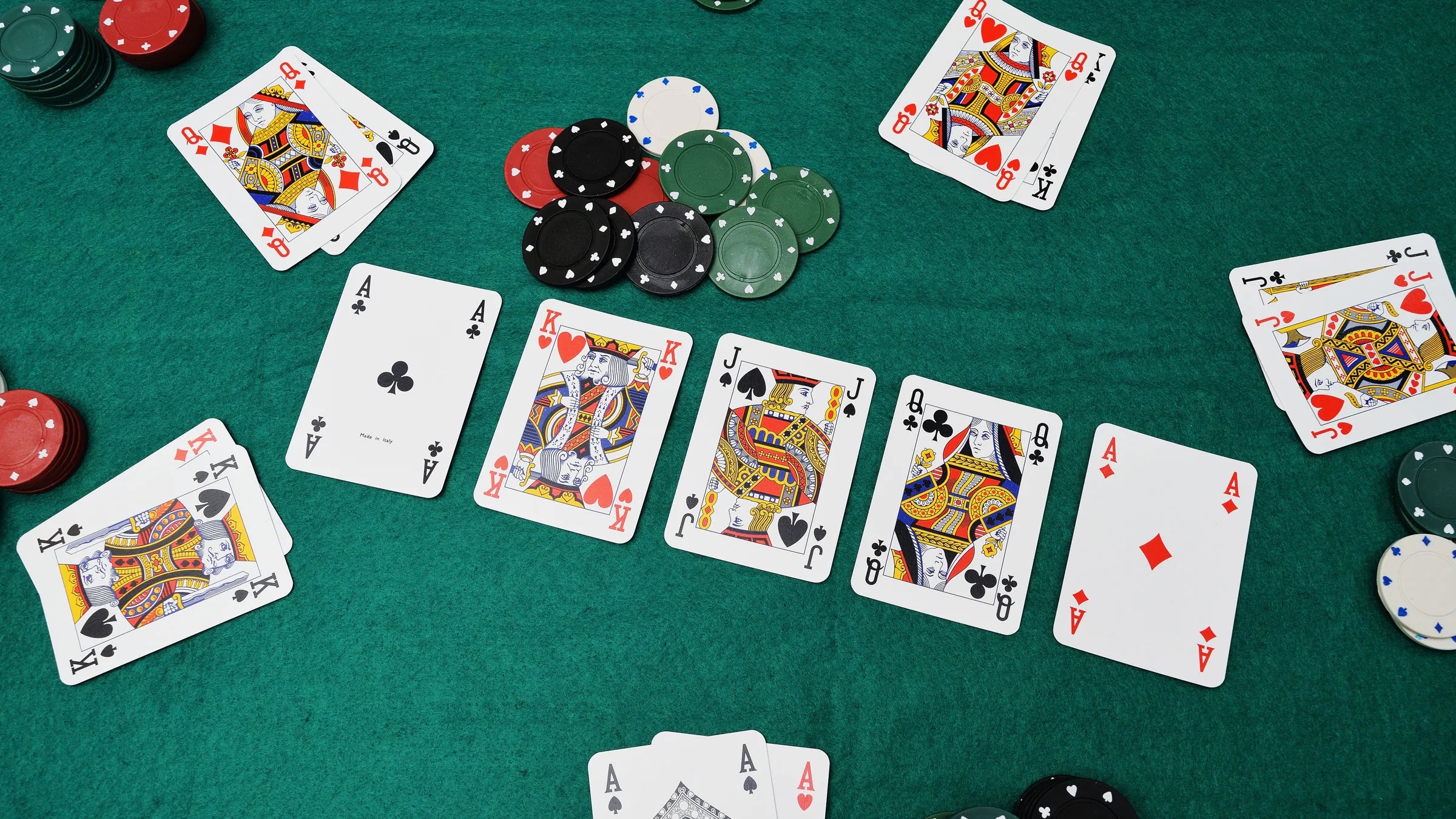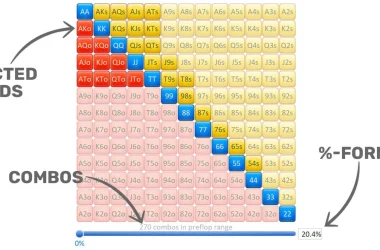You can make a bet by placing a chip into the pot. However, if a player wants to raise, he or she must make the amount stated in the betting rule. For example, Alice may open with a bet of $5, and Dianne may announce a raise of $15 and place $20 into the pot. Assuming the player has all of the necessary change, Dianne must raise to the same total amount as Alice, so she must declare the amount verbally. If the player does not have enough change, the dealer will return the change.
The all-in rule prevents players from betting if they do not have the required amount in the pot. This prevents other players from bluffing if they have all the chips in the pot. Unlike other poker betting rules, all-in players are not limited to a specific amount of chips in the pot. Likewise, players who want to play with the minimum buy-in can keep an extra stack of chips in their pocket. They can top up the pot quickly if needed.
The all-in rule is similar to the half-bet rule, with the exception that the first player can raise a higher bet. This is not always the case, however. If the all-in player raises, it would count as a “real” raise. In this case, the second player could re-raise by calling the all-in bet, but the third player would not be allowed to re-raise.
The minimum raise rule is another important rule in poker. This is designed to avoid game delays caused by “nuisance raises.” This is when a player makes a small raise to a large bet that takes a long time to call. However, the minimum raise rule may be overridden if the table stakes rule is applied. In this case, the raiser could raise a bet of $5 by two dollars.
Calling a weak hand without raising is considered an aggressor’s move. If your opponent calls you before the final round, you are making an aggressive play. A bluffing call is more likely to get you in trouble, while a cry-call is a weak hand. Nevertheless, it is not a good idea to fold when your opponent is holding a weak hand. This way, you will have an opportunity to win the pot before the showdown.
Another important poker betting rule is to check your cards before making a bet. A player may check a hand by tapping the table or putting chips into the pot. In addition to this, a player can check by tapping the table or making a similar motion to indicate their decision. In all other situations, a player should place their chips directly into the pot instead of placing them in front of the table. Then, the other players can’t verify the bet amount.
In a three-handed game, the small blind and big blind are the first to act, respectively. The second blind is paid to the player who called. In a three-handed game, the small blind is the first to act before the flop, and the big blind is the last to act in all subsequent betting rounds. If the player on the button folds, the pot is lost and the blinds have to be paid. Once the player has been dealt a hand, the dealer will then place the next player in the blind position.







